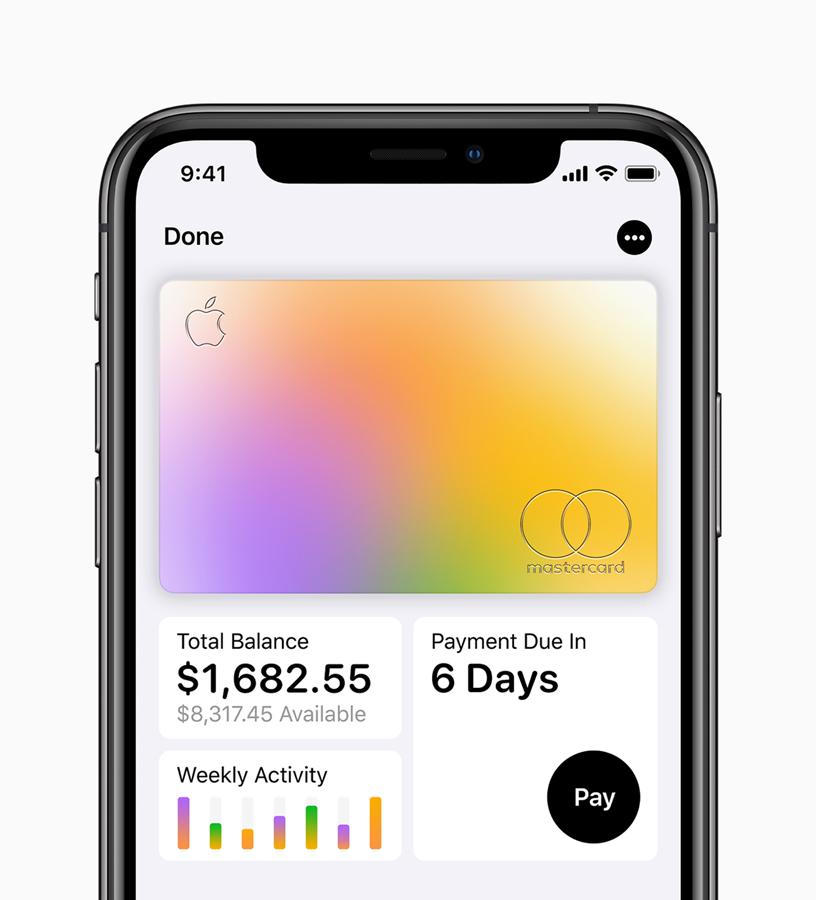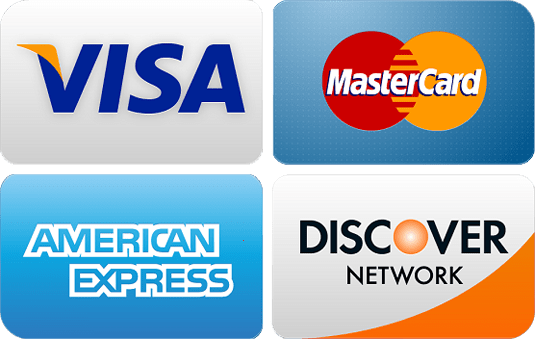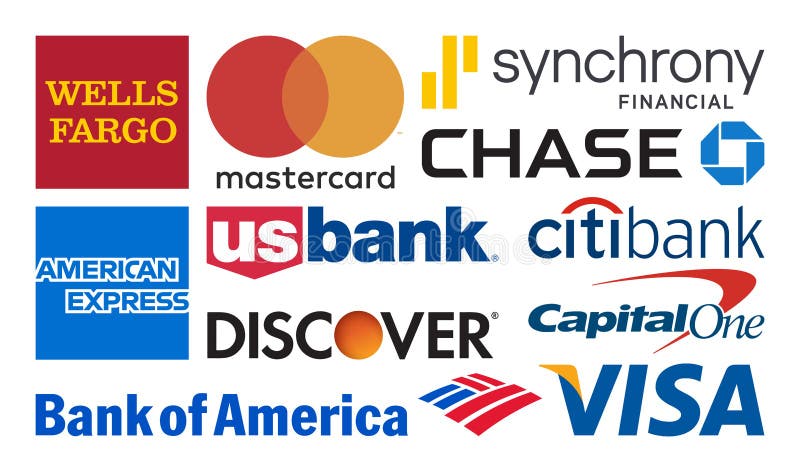Visa, Amex, or JPMorgan? Inside Apple’s $20B Power Shift That’s Reshaping Consumer Finance
Apple is quietly redrawing the map of consumer finance—and the stakes couldn’t be higher.

Goldman Sachs is walking away from its partnership as the issuer of the Apple Card, a product now serving over 12 million users and holding more than $20 billion in balances. In its place, financial giants like Visa, American Express, and JPMorgan Chase are locked in a fierce race to secure one of the most coveted deals in digital finance. Visa has reportedly dangled a $100 million upfront incentive to win Apple’s favor, while American Express is eyeing a dual role as both issuer and payment network—a rare move that speaks volumes about how high the bar has been set.
This isn’t just a shuffle of card providers. It’s a clear signal: Apple is playing a long-term game to become a major force in consumer banking—and the industry is pivoting in response.
The Power Vacuum Left by Goldman Sachs
Goldman Sachs' exit wasn’t sudden, but it was telling.
Since the Apple Card's launch in 2019, Goldman’s venture into consumer finance has been underwhelming. Losses reportedly exceeded $1 billion, and customer service hiccups—coupled with regulatory scrutiny, including an $89 million fine for mishandled disputes—highlighted a mismatch between Apple’s consumer-centric DNA and Goldman’s institutional banking roots.
Did you know that Goldman Sachs has faced significant financial challenges from its partnership with Apple on the Apple Card? The bank has reportedly lost billions, including over $1 billion in pre-tax losses between 2021 and 2022, and a total of $12 billion in 2022 largely due to the Apple Card. Recently, both Apple and Goldman Sachs were fined over $89 million by the Consumer Financial Protection Bureau for mishandling customer disputes and misleading consumers about interest-free payment options. Goldman Sachs must pay $45 million in fines and at least $19.8 million in customer refunds, while Apple was fined $25 million. Additionally, Goldman Sachs is banned from launching new credit cards unless it can demonstrate compliance with federal law, further complicating its consumer finance ambitions.
Apple’s dissatisfaction stems from more than just numbers. For a brand obsessed with user experience, even minor frictions in card servicing can erode trust across its ecosystem. And with the company leaning harder into financial services—Apple Pay, Apple Cash, high-yield savings—it can’t afford weak links.
| Challenge Category | Description | Impact on Investment Banks |
|---|---|---|
| Regulatory Constraints | Stricter capital requirements under Basel III and compliance with consumer protection laws. | Increased costs and reduced profitability due to higher capital and compliance requirements. |
| Risk Management | Credit risk, prepayment risk, and default risk, especially in unsecured lending like BNPL. | Difficulty in assessing risks accurately; higher exposure to loan defaults. |
| Operational Complexity | Inefficient underwriting processes and outdated systems. | Higher operational costs; inability to compete with fintechs offering streamlined processes. |
| Competitive Pressure | Competition from private credit funds and fintechs with fewer regulatory constraints. | Loss of market share; challenges in offering flexible lending solutions. |
| Liquidity Issues | Consumer loans are less liquid compared to other financial instruments. | Difficulty in managing liquidity during market stress; challenges in securitization. |
Why Visa and Amex Are Bidding Aggressively
Visa is reportedly willing to pay $100 million upfront to secure the role of payment network. That kind of money is rarely offered outside of top-tier premium card programs—think luxury travel or elite business cards. For Visa, this isn’t just a client acquisition play; it’s a market-shaping bet.
The rationale is simple: Apple Card users are high-value customers. More than 70% are iPhone users with higher-than-average credit scores, and their transaction volumes are growing. Securing Apple as a partner would solidify Visa’s leadership in digital payments while delivering a surge in swipe fee revenues.
Table: Global Payment Network Market Share by Transaction Volume (2024)
| Network | Global Transaction Volume | Market Share | Key Characteristics |
|---|---|---|---|
| Visa | $10–11 trillion | ~40% | Largest global reach, dominant in transaction volume, near-universal merchant acceptance. |
| Mastercard | $6–7 trillion | ~22–27% | Consistent growth, second-largest by transaction volume and market share. |
| American Express | $1.3–1.5 trillion | ~10% | Focuses on high-value spending, smaller cardholder base, premium positioning. |
American Express, on the other hand, is positioning itself differently. It wants to be both the card issuer and the network provider. This dual control would allow Amex to better tailor the customer experience while capturing both interchange and lending margins. Its premium reputation also aligns well with Apple’s brand equity—but its narrower merchant acceptance globally compared to Visa or Mastercard could be a limiting factor.

Meanwhile, Mastercard, the incumbent network, is fighting to stay in the game. But with Apple entertaining other offers, it may be forced to revise its pricing model or bring new incentives to the table.
The Issuer Question: JPMorgan, Synchrony, or Amex?
Apple plans to finalize its network partner before selecting a new issuing bank. Potential issuers include JPMorgan Chase, Synchrony Financial, and again, American Express.
JPMorgan Chase emerges as a frontrunner, thanks to its scale, established consumer credit infrastructure, and strong brand. Unlike Goldman, JPMorgan has decades of experience issuing cards and managing consumer risk. A partnership here could stabilize Apple Card’s unit economics and pave the way for more integrated financial offerings within Apple’s ecosystem.

Synchrony Financial, known for co-branded cards with retailers, brings agility and high consumer penetration but may lack the prestige Apple prefers. Still, its operational efficiency and flexibility could make it a wildcard in this race.
Market Implications: Winners, Losers, and Strategic Plays
Apple: Deepening the Financial Moat
Apple’s move is about more than fixing a flawed partnership. By aligning with a stronger financial partner, it can expand its footprint in banking without becoming a bank. It’s a model of platform leverage—offering financial services wrapped in native UX, with third-party institutions handling the regulatory and capital-intensive backend.
Did you know that the concept of "stickiness" applies to both ecological and business contexts? In ecology, "stickiness" refers to the phenomenon where most species remain rare due to environmental fluctuations, creating a "sticky state" that makes it difficult for them to become abundant. This is observed across various ecosystems, from microbial communities to forests, where a small fraction of species dominates while the majority remains rare. In business, "stickiness" is about creating ecosystems that retain customers and partners through integrated services and value propositions, enhancing customer loyalty and resilience. Building such "sticky" ecosystems involves co-creating with customers and partners to ensure long-term engagement and loyalty.
This expands its recurring revenue base and strengthens the stickiness of the Apple ecosystem. Financial products are fast becoming another reason users stay locked into Apple’s hardware and software world.
Did you know that Apple's Services segment has experienced remarkable growth, reaching $96 billion in revenue for 2024, marking a fivefold increase over the past decade? This growth is driven by services like Apple Music, iCloud, Apple TV+, and Apple Arcade, which have become integral to Apple's ecosystem. The services division now accounts for about 24% of Apple's total revenue, significantly up from 9.9% a decade ago. With over a billion paid subscriptions and an installed base of more than two billion active devices, Apple is on track to surpass $100 billion in annual services revenue. This strategic shift towards services has not only diversified Apple's income streams but also boosted its profit margins, making it a crucial component of the company's business model.
Visa and Amex: Opportunity to Scale Margin
If Visa secures the deal, it could see a notable uptick in payment volume, especially given Apple’s track record of user growth. For Amex, the opportunity to issue and process transactions offers a rare dual-margin upside—though it would need to address its acceptance gap to maximize gains.
Both companies could see investor optimism reflected in stock price momentum if they land the deal, especially given broader macro tailwinds in digital payments.
Goldman Sachs: Retreat and Refocus
Goldman’s exit will likely crystallize broader challenges in its consumer strategy. Despite high hopes for Marcus and Apple Card, the firm underestimated the operational complexity and customer service intensity of consumer lending. The exit may offer a much-needed reset—but not without reputational and financial cost.

Investors will likely scrutinize Goldman’s next move, especially as it refocuses on traditional strengths in asset management and investment banking.
Industry Trends: What This Signals for Tech and Finance
- Tech-Driven Finance: Apple’s ability to command $100 million bids for a payment network role speaks volumes about the leverage Big Tech holds in consumer finance. This trend is accelerating—Amazon, Google, and even Meta have all explored banking partnerships to various degrees.
- The Rise of “Invisible Banking”: For consumers, who issues or processes their card increasingly matters less than how seamless the experience feels. Apple is positioning itself as the interface layer—where brand loyalty, not bank loyalty, drives usage.
Did you know that invisible banking, also known as embedded finance, is revolutionizing how we interact with financial services? This concept integrates financial tools seamlessly into our daily lives, making transactions almost imperceptible. For instance, services like payments, lending, and insurance are embedded into platforms like e-commerce sites, transportation apps, and even smart home devices, allowing users to access them without switching apps or visiting a bank. The global embedded finance market is projected to grow significantly, from $22.5 billion in 2020 to $384 billion by 2029, enhancing user experience and creating new revenue streams for businesses. Invisible banking uses technologies like AI, IoT, and voice interfaces to anticipate and meet financial needs automatically, making banking easier and more personalized.
- Increased Regulatory Focus: As tech companies assume more responsibility in financial products, expect tighter oversight. New partners will face pressure to maintain compliance while delivering frictionless service—a delicate balancing act.
A Shift with Broader Ripples
This is more than a credit card transition—it’s a financial realignment with broad consequences.
Apple is using its ecosystem leverage to demand better service, tighter integration, and improved economics from financial partners. Visa and Amex are eager to deliver. Goldman Sachs, meanwhile, exits with a bruised strategy and lessons learned the hard way.
For investors, this transition offers both risks and opportunity. Watch Visa and Amex for signs of margin expansion. Watch JPMorgan for signals of deeper Apple integration. And most importantly, watch Apple—because its next financial move could redefine who owns the future of money.
